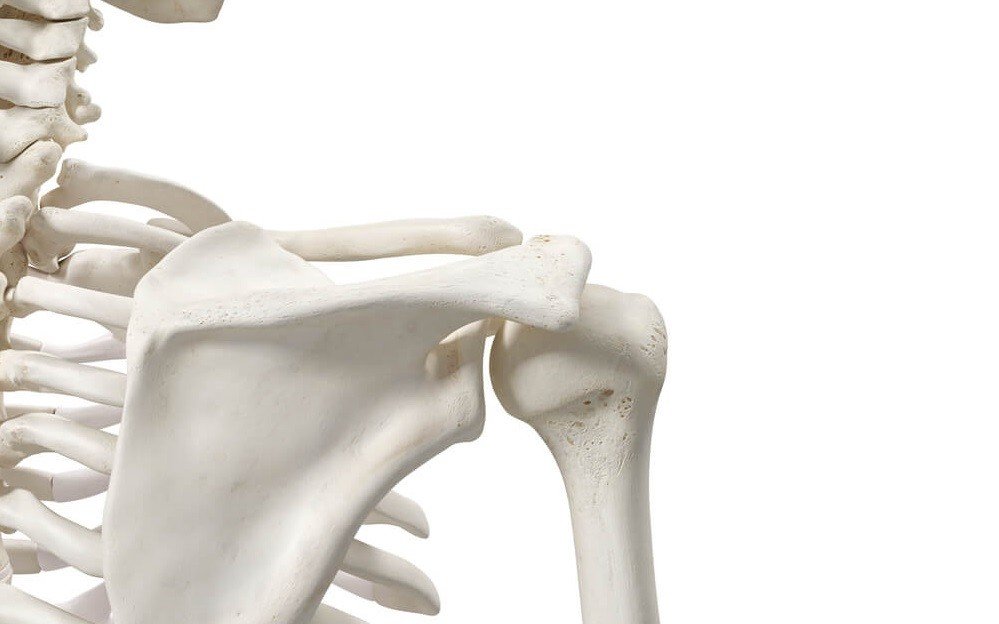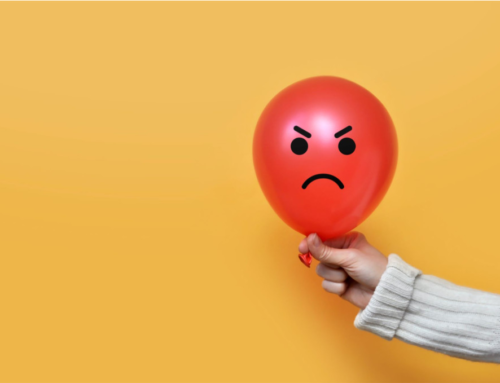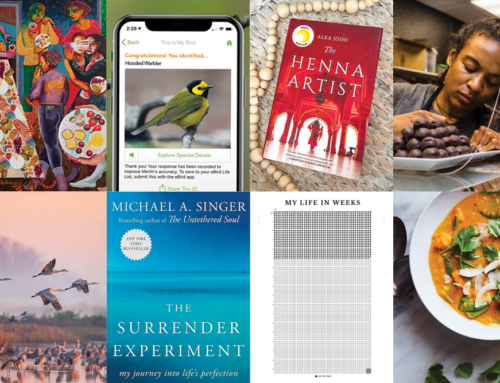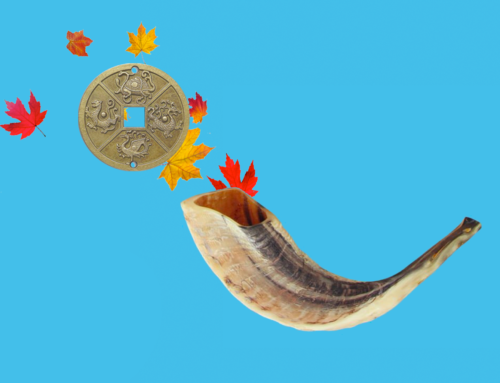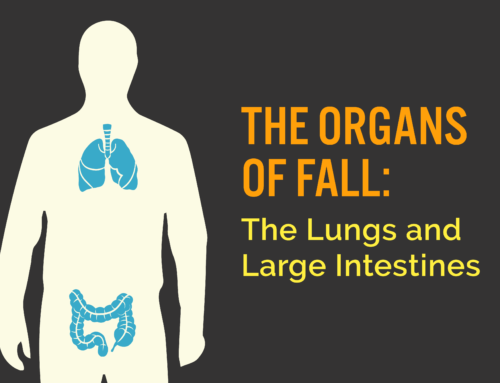In the Traditional Chinese Medicine framework that underlies acupuncture, each season of the year has correspondences to different aspects of life. As you’ve already learned, Winter corresponds to the water element, the emotion of fear, and the organs of the Kidney and Bladder. Winter also corresponds with the bodily tissue of the bones and the importance of structure within the body, starting with the development of the embryo. Bone strength plays a big part in quality of life, though often gets passed over unless someone is actively worried about osteoporosis. Consider these ideas as you rest your weary bones this winter:
Put down the giant glass of milk.
We all know calcium is important for building and maintaining bones. For many of us, when we want to increase our calcium intake we turn to milk, cheese and yogurt, etc. Though rich in calcium, TCM is generally not a big fan of dairy because of its potential to promote dampness and congestion.
Acquaint yourself with sources of calcium outside of the milk aisle, including soy products, fortified cereals, fish with bones in them like sardines, and lots of dark leafy greens like bok choy, turnip and beet greens, and broccoli. Also, remember that calcium needs sufficient vitamin D to be effectively metabolized throughout the body, so get your levels checked next time you’re at your PCP and consider supplementation through your diet and exposure to sunlight on your bare skin.
Bear the load.
If you’re further along in years or already concerned about bone health, you may have heard from your doctor that “weight-bearing exercise” is important to keep bones strong. Using your bones and muscles with some resistance from gravity signals to the osteoblast cells to continue to build your bones, and keeps the osteoclast cells that break down bone tissue in check. As you do weight-bearing activities (including walking, lifting weights, dancing, exercise machines (like an elliptical or stair stepper), and household tasks like childcare, cleaning and yard work, be mindful of how you are loading the weight on your bones. For many people, one side of the body dominates the movement, especially for activities that require dexterity. This means that one side of the body is getting more weight loaded on to it, all day every day.
As you go about your everyday tasks, notice where your weight is distributed. Maybe your left hip is doing more work than your right? Maybe you’re relying on the strength of your right shoulder that you’ve over-developed through the years? Considering these uneven distributions can have a positive impact on your understanding of muscle usage patterns that can cause pain. If you want to start getting comfortable with doing more activities with your non-dominant hand, try a task that might be a new skill for a 1-3 year old child like putting on clothing, pushing in your chair, or using a spoon. You’ll feel clumsy at first, but it will help you feel more confident eventually adding more complex and/or vigorous activities. Here are two great podcast episodes about dynamic bone strength from Nutritious Movement:
Taking Bone Mechanics By The Horns – Podcast Episode #119
Lean into the Fear.
It can be challenging and scary to change a movement pattern, especially one that is unconscious and has been part of your routine for years. Most people’s posture is generally hunched forward, with the hips pulling the legs to the front of the body, the shoulder rotated to have the arms pulled forwards (i.e. T-Rex arms), and the neck jutting forward. While this may be good for certain tasks like driving a car and typing, our skeleton was designed to have a clear vertical transfer of force from the skull to the feet. Spending time in a more upright posture is not only hard to fit into daily life, it can also be psychologically challenging to feel safe and comfortable when your nervous system isn’t used to it!
From the TCM perspective, the Bladder meridian runs down the back of the body and the Kidney meridian runs up the front. Spend some time looking at the diagram of the channels and feeling where they are on your body.

Barefoot or in socks (so that you’re not elevated by shoes), stand with your back a few inches from a wall. Experiment with “lining up” your Bladder line – from the heels, up through the spine, and to the back of the head.
Sources:
Best Nondairy Sources of Calcium, Harvard Health Review
Interaction Between Vitamin D and Calcium, Scandinavian Journal of Clinical and Laboratory Investigation

